Editor's note: The following is an opinion piece. The writer is not employed by Military Times, and the views expressed here do not necessarily represent those of Military Times or its editorial staff.
The Army’s proposed distinctive beret and unit insignia for the 1st Security Force Assistance Brigade immediately set off a firestorm among the Green Beret community.
Current and former members of the Special Forces regiment have made hundreds of phone calls and emails, creating an unprecedented backlash.
What was supposed to be a recruiting and communications strategy to recruit new soldiers for the 1st Security Force Assistance Brigade instead turned into stolen valor accusations.
RELATED
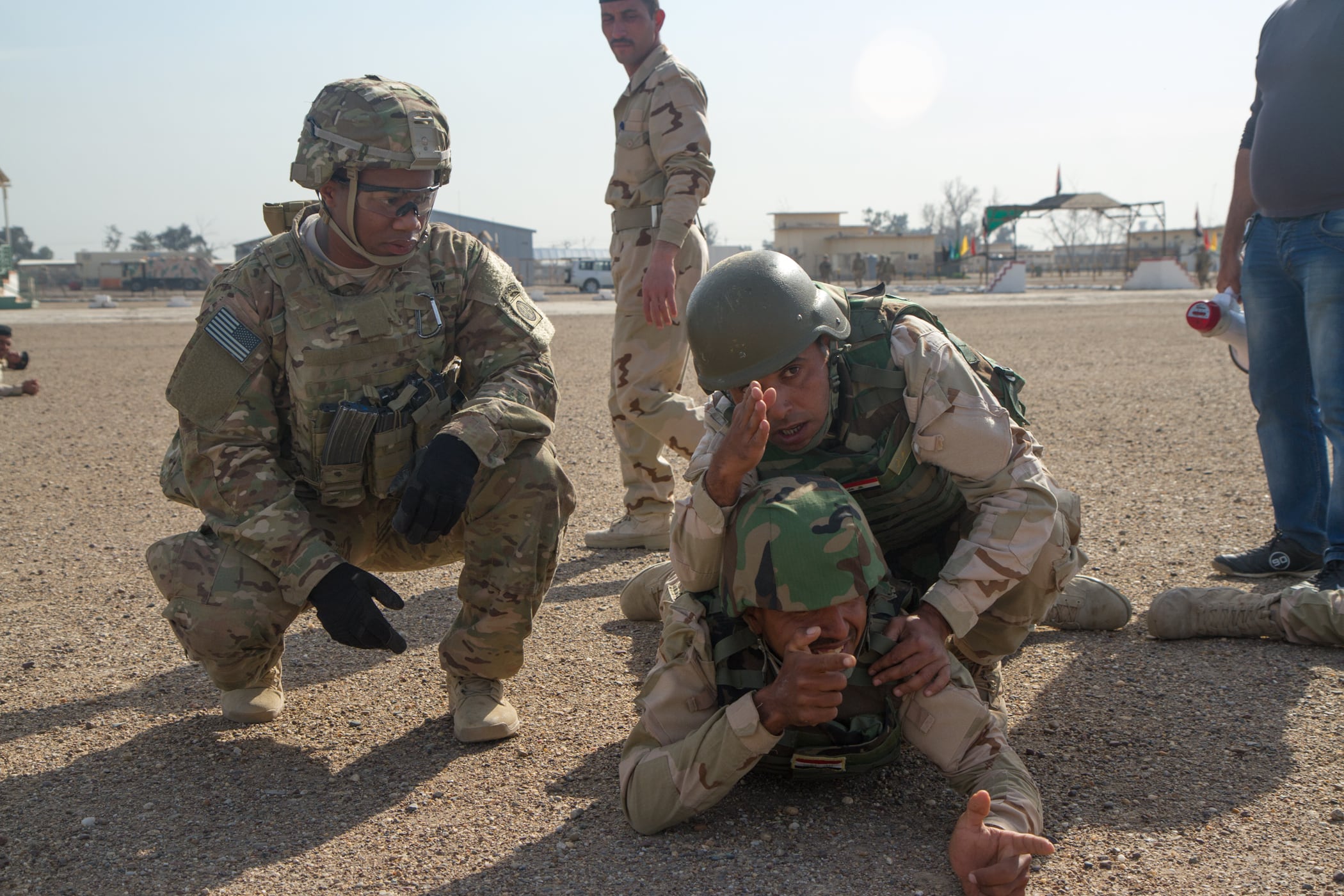
One thing about the Green Berets, also known as the Quiet Professionals, is that we are typically a quiet bunch.
Like most families, we argue amongst ourselves, discuss policy and tactics at the dinner table, and, most often, take jabs at SEALs with a pithy meme.
But this latest move by the Army has led the community to view this as an attack on the history and heritage so many have quietly fought and died for.
RELATED
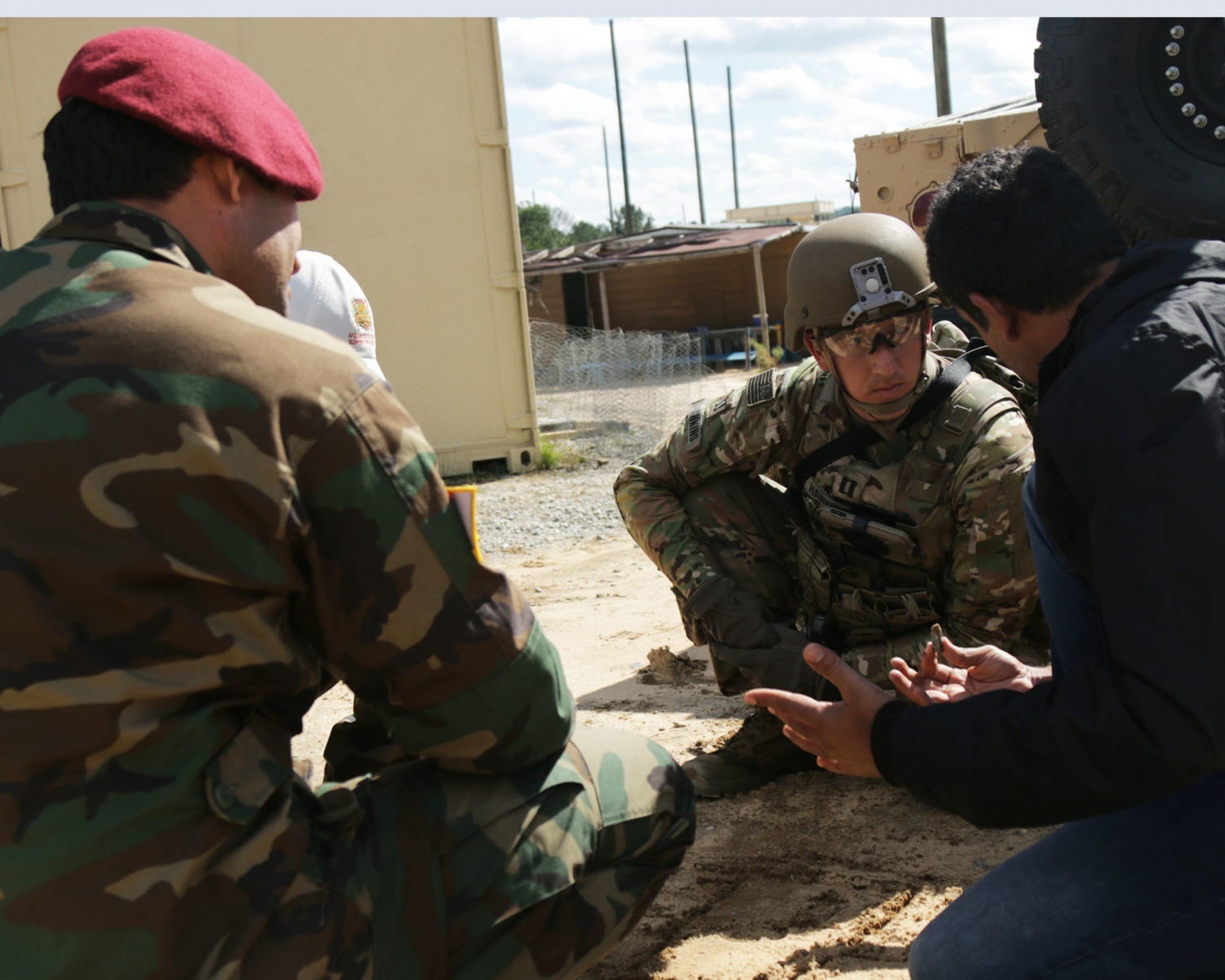
I’m retired now, but I spent over 19 years wearing the Green Beret.
When I showed up to my first team in 5th Special Forces Group, which is legitimately known as the Legion, I quickly realized that being a Green Beret wasn’t about actually wearing a beret.
My older team members had “combat advised” in Afghanistan in the 1980s, crossed the line of departure with Syrian and Saudi Forces in the first Gulf War, and conducted missions inside Somalia before the much-televised beach landing of the SEALs and Marines in the 1990s.
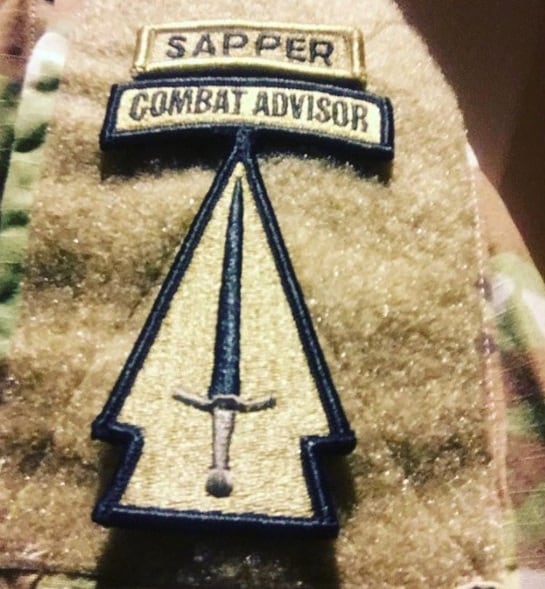
By growing up in Special Forces, my new green beret soon faded into a lighter shade of green.
As I grew older and matured into a seasoned quiet professional, I was part of a small group of Green Berets that responded to the attacks of 9/11.
We also served in Iraq and, several months later, followed on into Africa.
Like other Special Forces teams from other Special Forces Groups, we seamlessly moved from unconventional warfare to foreign internal defense to direct action to combat advising, and, most times, in one rotation.
It was in our blood and ingrained into our culture. What makes Special Forces special is our culture shaped by history and heritage.
Former President John F. Kennedy called the green beret a “mark of distinction,” endorsing the beret’s permanent place in U.S. military lore.
RELATED
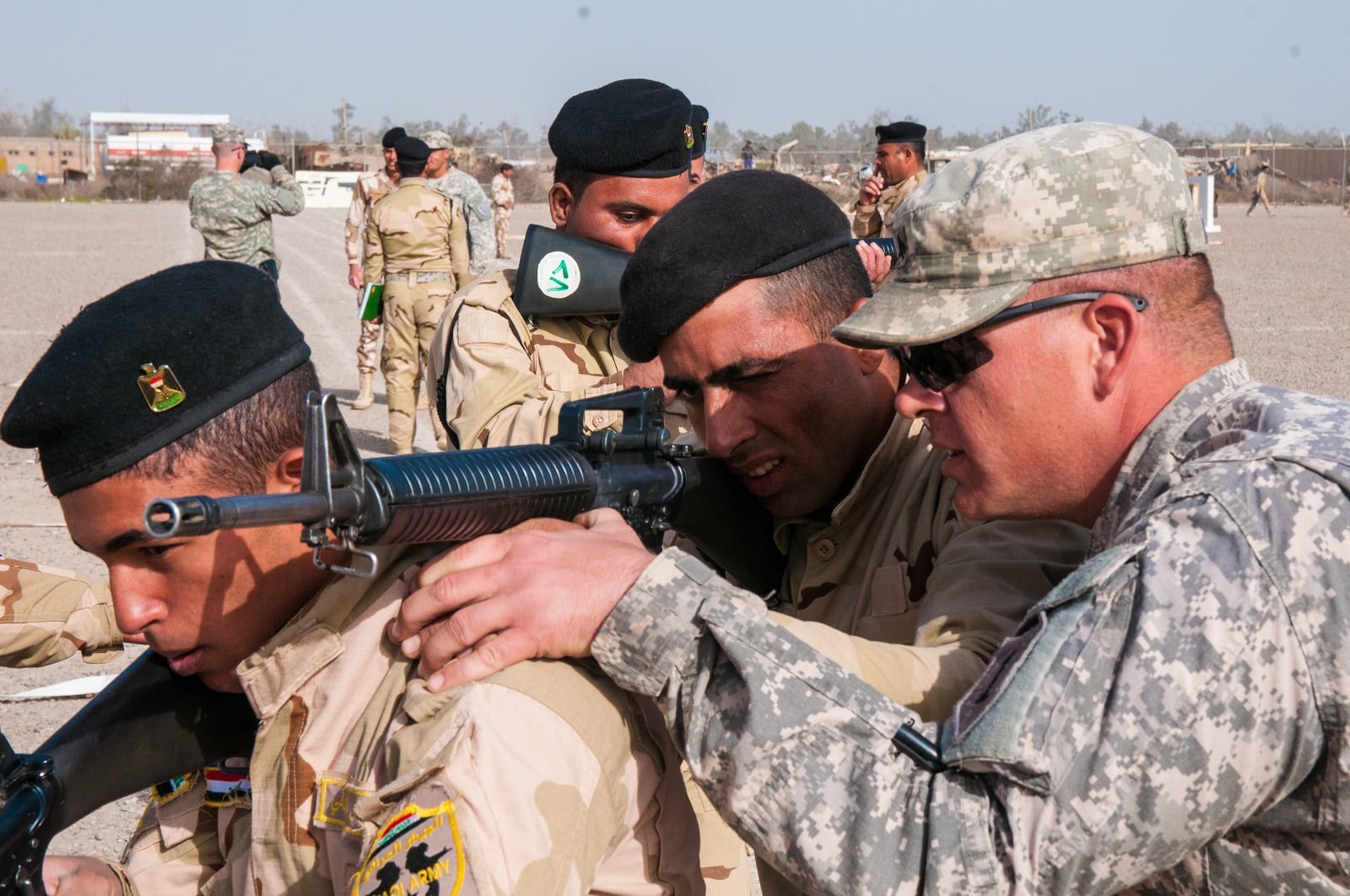
I am only one voice in the crowd of thousands of voices of current and former Green Berets.
I fully understand the necessity of a fully trained, manned and equipped unit capable of training, advising and assisting our foreign military partners. It’s not the sexiest job in the Special Forces mission set, but one of the most critical.
I applaud Army Chief of Staff Gen. Mark Milley and the commanders of the 1st Security Force Assistance Brigade for building a world class unit from scratch.
RELATED
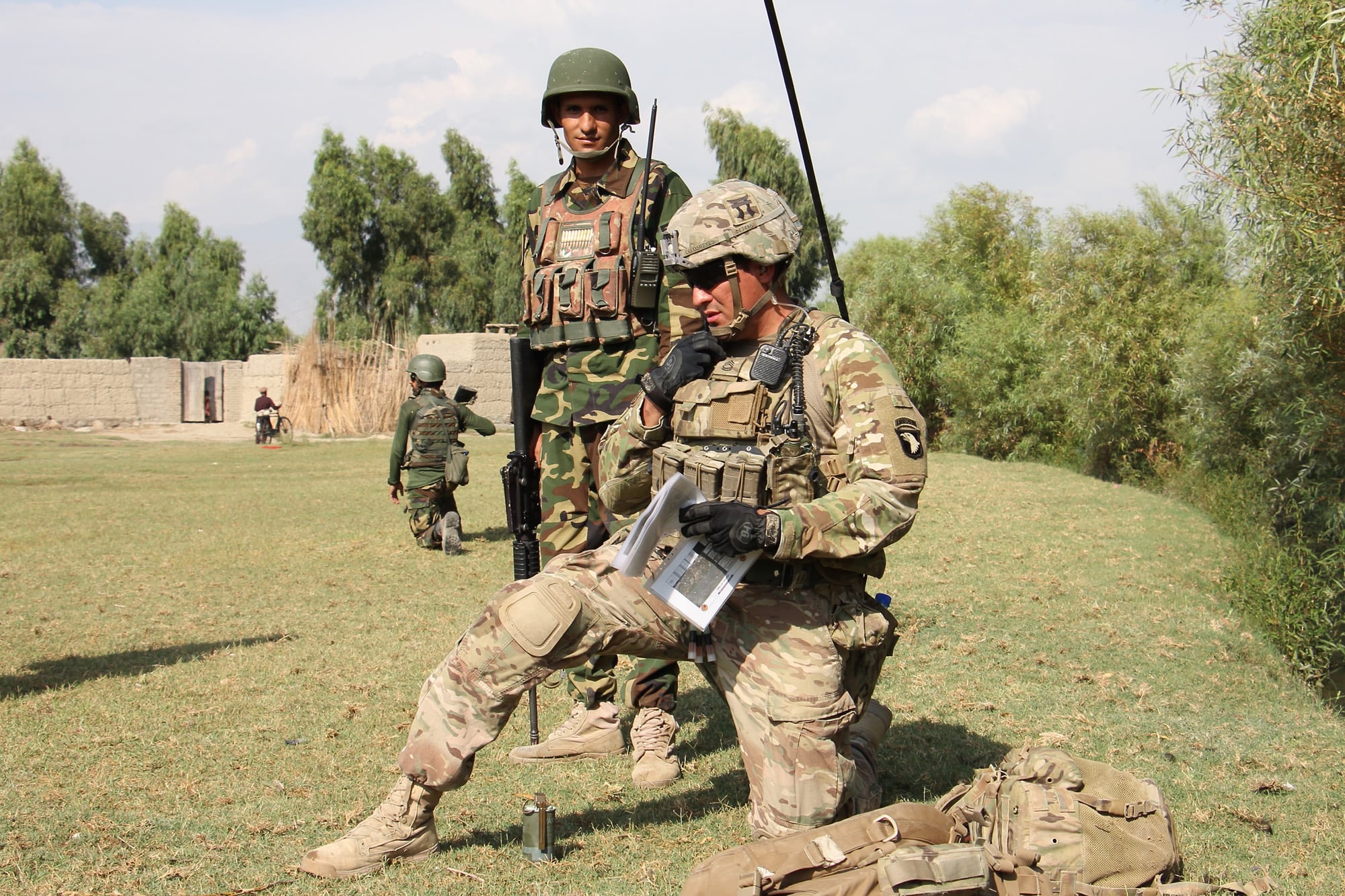
But a word of caution about looking and acting too much like Green Berets: It took the Special Forces community almost 10 years since its inception in 1952 to finally earn the right to wear the Green Beret.
It’s hard to understand why a newly designated unit in the Army appears to be drafting off of the history and heritage of Army Special Forces with a similar patch and a “varying shade of green” beret.
Do they hope that simple articles of clothing will instantly give the new unit credibility inside the Army and, most importantly, to our foreign partners who already know our Special Forces reputation?
I wish the new unit great success in their future and hope they will someday achieve the history and lineage that the Green Berets have in their 60 years of existence.
But I do not believe co-opting the look and feel will get them there. Instead, it brings to mind a bad Hollywood portrayal of a good Green Beret.
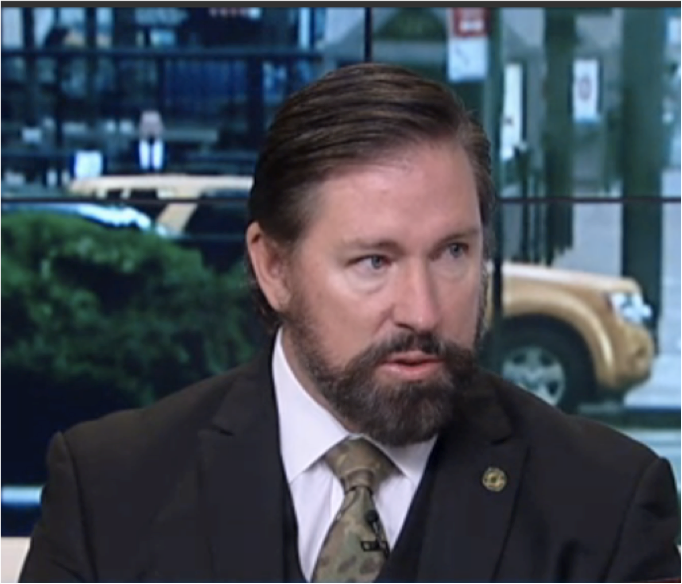
Scott Neil retired in 2011 as the senior enlisted adviser to the director of U.S. Special Operations Command’s Interagency Terrorism Task Force. Following the tragic events of 9/11, he conducted numerous successful special operations combat missions and was one of the first service members to lead the direct action and counter-terrorism charge into Afghanistan, Iraq and the Horn of Africa.




